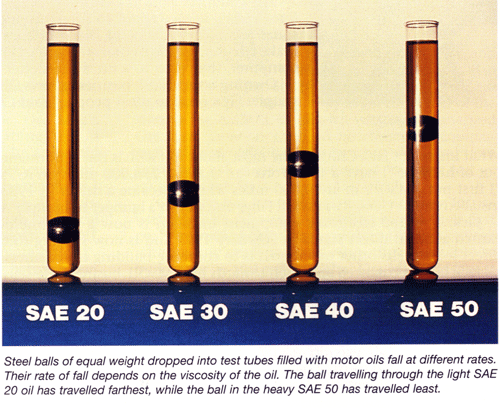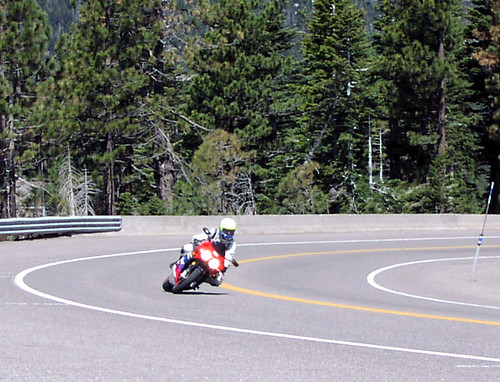Originally Posted By: Robenstein
I trust the good people over there in Hinkley England to tell me the thinnest oil I can safely run at all temperatures.
The thinnest oil you can safely run is 10w40 for 6,000 mile interval... trusting the good
people over there in Hinkley England means that during that interval a 40 will naturally
shear 3 cSt and begin flowing like a 30... this known shearing is not going to cause the
low oil pressure light to STAY ON... if a momentary flickering low oil pressure light is
cause for alarm then you'll most likely see Triumph shorten the oil change interval...
Quote Triumph Speedmaster manual
"Triumph high performance engines are
designed to use semi or fully synthetic
10W/40 or 15W/50 motorcycle engine oil
which meets specification API SH or higher
(i.e. SJ, SK or SL) AND JASO MA."
"If the engine oil pressure is too low, the low
oil pressure warning light will illuminate. If
this warning light stays on when the
engine is running, stop the engine
immediately and investigate the cause.
Running the engine with low oil pressure
will cause engine damage."
I trust the good people over there in Hinkley England to tell me the thinnest oil I can safely run at all temperatures.
The thinnest oil you can safely run is 10w40 for 6,000 mile interval... trusting the good
people over there in Hinkley England means that during that interval a 40 will naturally
shear 3 cSt and begin flowing like a 30... this known shearing is not going to cause the
low oil pressure light to STAY ON... if a momentary flickering low oil pressure light is
cause for alarm then you'll most likely see Triumph shorten the oil change interval...
Quote Triumph Speedmaster manual
"Triumph high performance engines are
designed to use semi or fully synthetic
10W/40 or 15W/50 motorcycle engine oil
which meets specification API SH or higher
(i.e. SJ, SK or SL) AND JASO MA."
"If the engine oil pressure is too low, the low
oil pressure warning light will illuminate. If
this warning light stays on when the
engine is running, stop the engine
immediately and investigate the cause.
Running the engine with low oil pressure
will cause engine damage."



